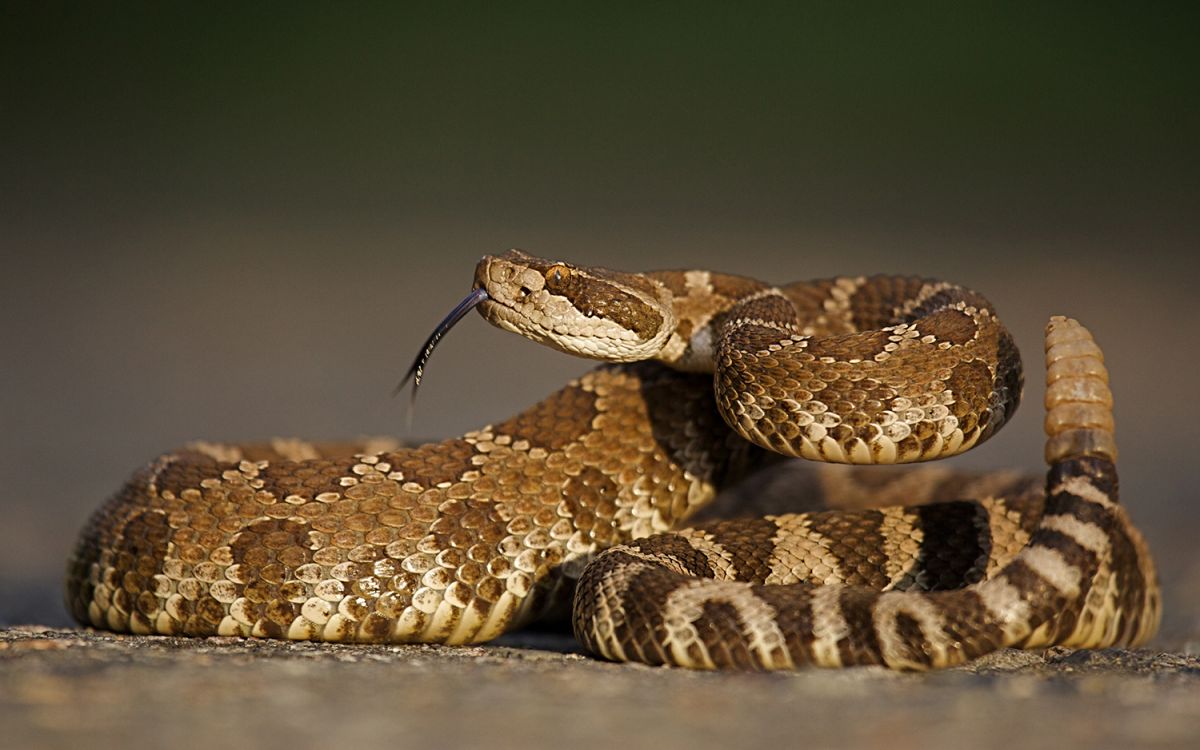
The idea of the creature living after death seems ludicrous. However, some tests and unique situations have proven that some animals live long after being exposed to conditions that should have killed them. This is the list some of those creatures.
Predatory Snakes
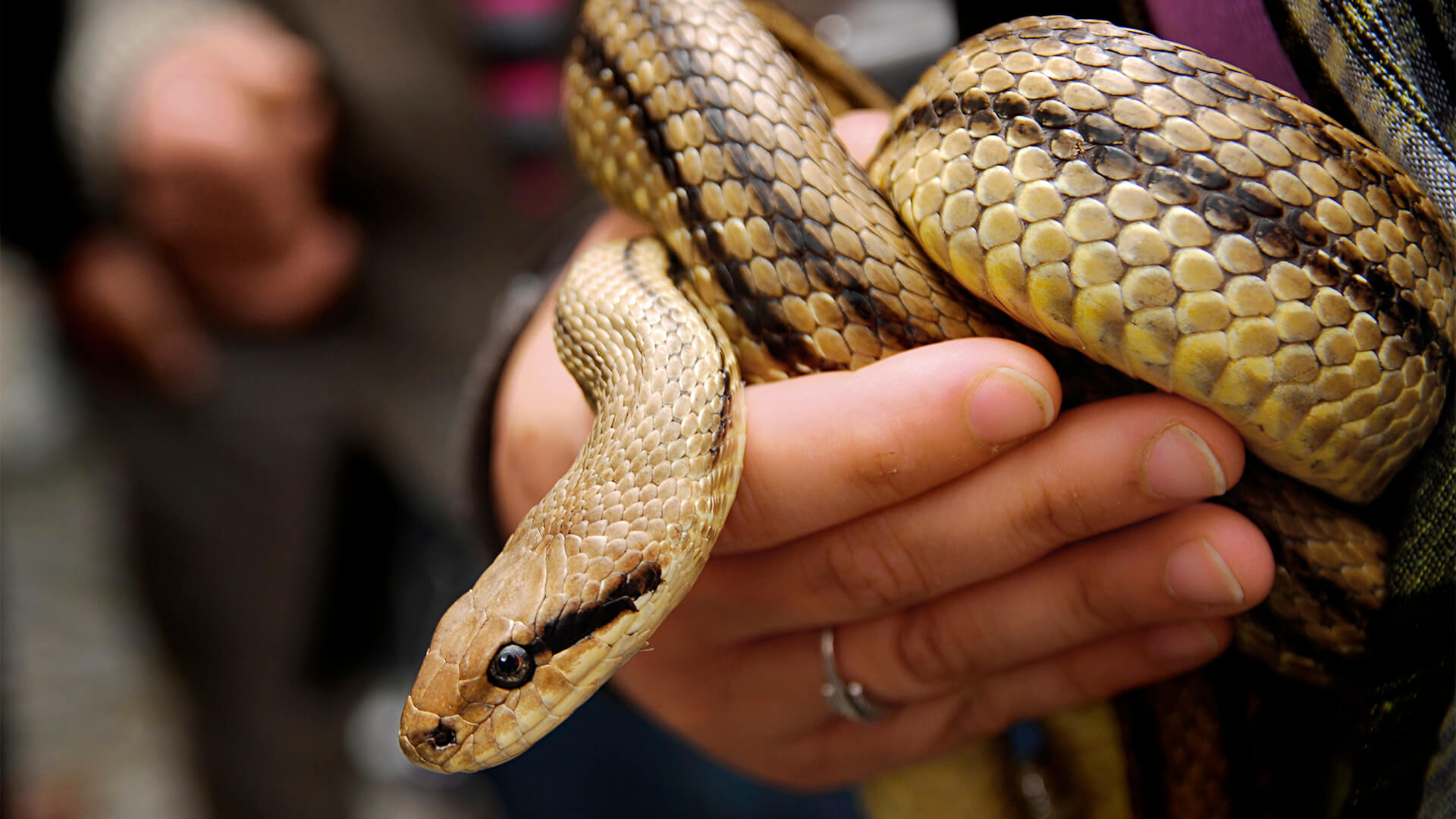
Unlike mammals where immediately after decapitation the brain dies due to a cascading cellular die-off, cold-blooded reptiles such as predatory snakes live for minutes and sometimes hours after decapitation. It’s because snakes have a slow metabolism that will sustain their organs long after decapitation. According to author Clifford Warwick, while the writhing motion of a snake’s body after cutting off its head is a reflexive action, the head lives on for a while though in excruciating pain.
The ability of snakes to live after death was proven in 2013, when a 20 minute old severed cobra head bit a Chinese chef, chef Peng, he died on route to the hospital. Therefore, a snake severed head is not only alive after death, it’s still poisonous, it can bite if approached, its eyes will track movement, its pupils will dilate and contract in response to light, it’ll flick out its tongue to test the air and if enough of its neck is left, it will move slightly.
The Tentacles of an Octopus

Octopuses are known for being incredibly smart. In addition to being smart, their tentacles are rather unique. According to research, the tentacles of an octopus will still respond to stimuli for close to an hour or more after being severed from the body. The tentacles will not only respond to stimuli after death but they will also try to pick up food and feed a phantom mouth that no longer exists. The reason this is possible is that most of the animals 130 million IQ raising neurons are located along the eight tentacles. Therefore, the tentacles can work independently of the brain.
This instinct for survival is so strong that even if one euthanizes an octopus before severing the limbs, the tentacles will still respond. In an experiment to certify this researchers cut off the tentacles of euthanized octopuses and chilled them in water for about an hour, after that they tried to probe the tentacles and they responded.
The Squid in the Odori don
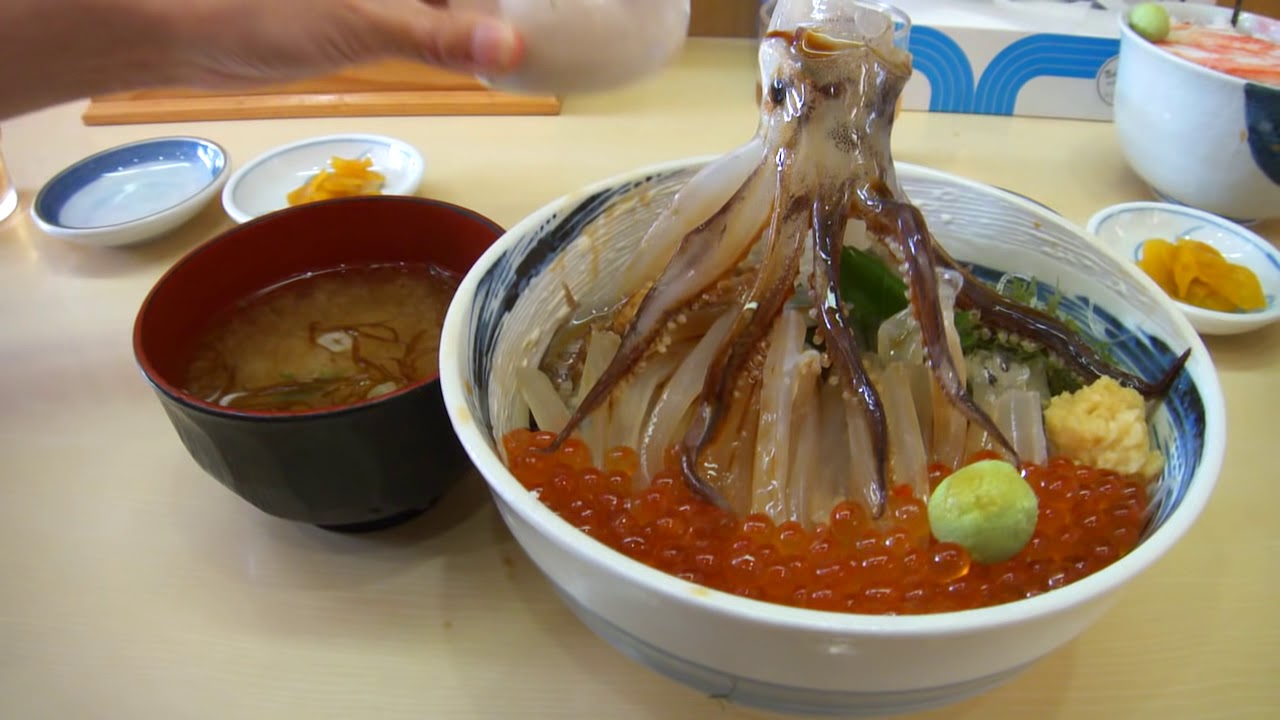
The odori don is not so much a creature but a Japanese dish. However, the dish’s main ingredient is a headless squid whose tentacles are still capable of responding to stimuli. The phenomenon first gained notoriety in 2010 when a YouTube video showing the riving tentacles of headless squid as soon as it came into contact with soy sauce went viral. People dubbed it “the dancing zombie squid”.
In trying to explain the phenomenon a chemistry professor at the University of Virginia Charles Grisham, noticed that most of the tissue in a squid that is recently dead is still alive. Therefore although the creature lacks a brain, it will still respond to stimuli. Moreover, the squids muscles retain ATP or adenosine triphosphate after death. ATP is the key source of energy for muscle contraction. Consequently, when one pour soy sauce on the squid, the creature absorbs the sodium in the sauce and it triggers muscle spasms that make it appear as if the headless squid is dancing.
Cockroaches

According to most people, cockroaches are little annoyances that should be eliminated as soon as they’re sited. That’s not a bad view point because cockroaches do pose health and safety risks such as the spread of germs and bacteria and cockroach allergens that trigger allergies. However, one cannot fail to marvel at their resilience. Scientists theorized that cockroaches can easily survive a nuclear war or any other global catastrophe. An even more amazing fact is that cockroaches can survive for weeks after being decapitated.
There are number of reasons for that, first, cockroaches have an open circulatory system that has minimal blood pressure. Therefore, if you cut off a cockroaches head, it’ll just seal off the wound by clotting as opposed to bleeding to death. Second, cockroaches breathe through little holes in their body segments known as spiracles. As a result, even with the head cut off the insect can still breathe. Third, unlike in humans where blood carries the oxygen, in cockroaches the spiracles pipe air directly into the tissue. Finally, cockroaches are cold-blooded which means that they can survive on just a small amount of food, scientists posit that they can survive for weeks on a one day meal.
Fruit Flies
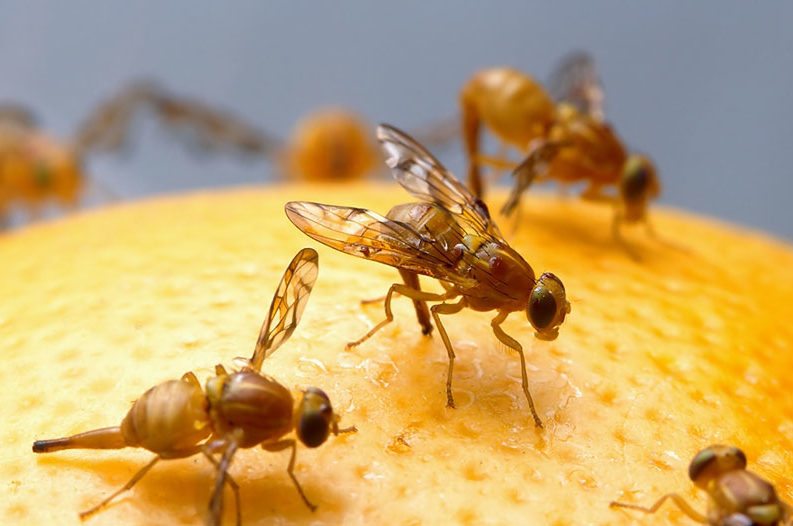
Similar to cockroaches, scientists have also discovered that fruit flies can live for days after decapitation, approximately eight days. Scientists in genetic labs have documented fruit flies that continue to live a completely normal life despite their headless State. For example., a headless female fruit fly will still preen itself, walk, and even fly. Moreover, a male fruit fly will still try to court a headless female fruit fly. The headless female fruit fly usually rebuffs these love overtures because it regards the male as a foreign body.
The experiment proved that headless fruit flies sustained an upright position better than those with heads. Fruit flies can live this long without their heads because of the structure of their body, they have a reserved brain and other vital organs concealed in their chests.
Headless Toad
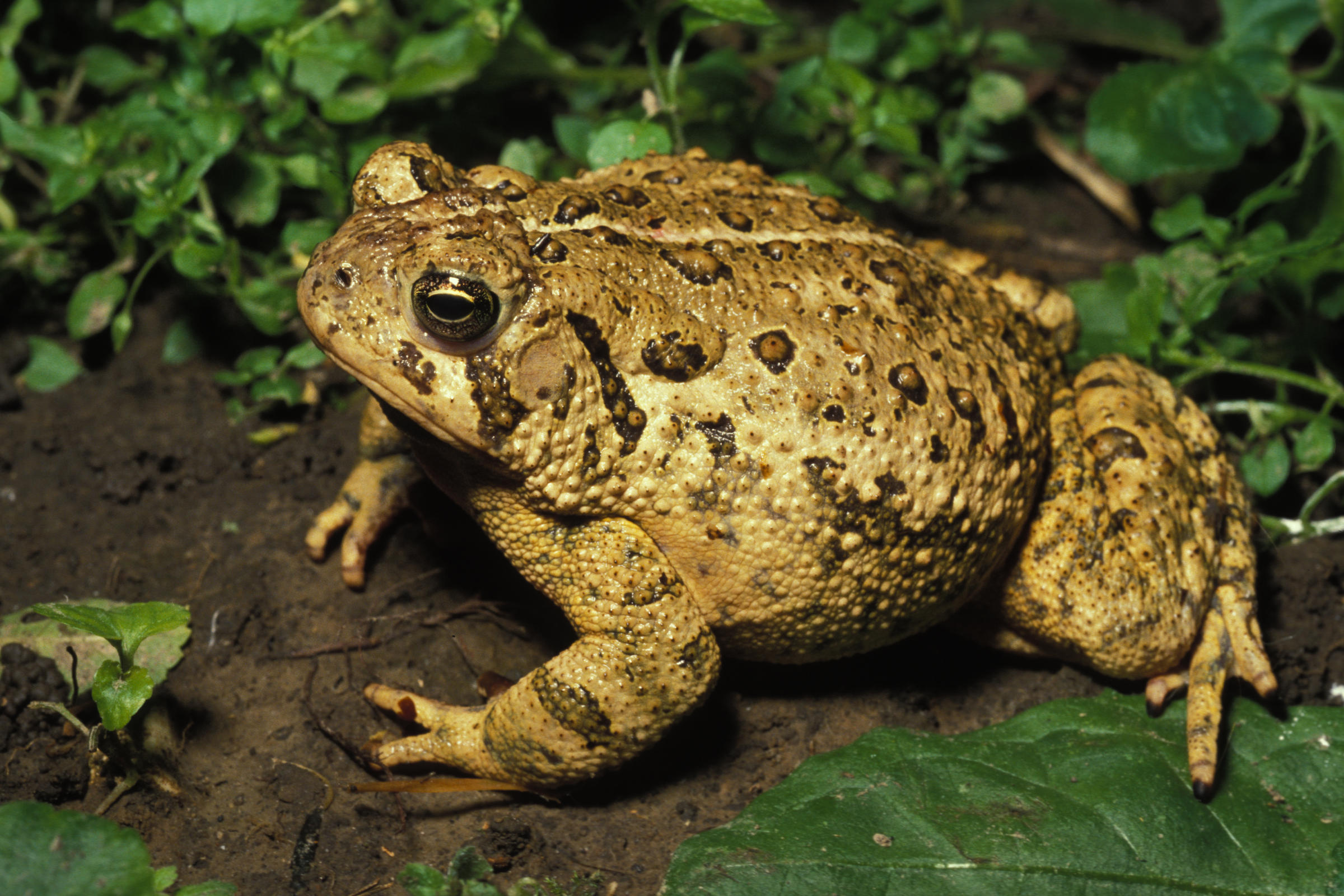
It’s not just small insects that live after death even large animals like toads can live long after decapitation. In April 2016, herpetologist Jill Fleming encountered a toad with a stump for a head at a state forest in Connecticut when researching newts. According to Jill, when she and her colleagues sat down to analyze the samples they have collected, they noticed a toad kept bumping into their legs. On closer analysis, they realized that though the toad had a healthy-looking body and legs, it lacked eyes, jaws, a nose, and a tongue instead the toad had a small stump covered with smooth tissue and a slight opening where the mouth used to be.
Emily Taylor, a professor at California Polytechnic State University explained to live that the toad probably retained a large portion of its brain stem even though the head was gone. According to the professor, the brain stem governs a large portion of the central and necessary parts of the body such as digestion and heart rate.
Turtle’s Heart
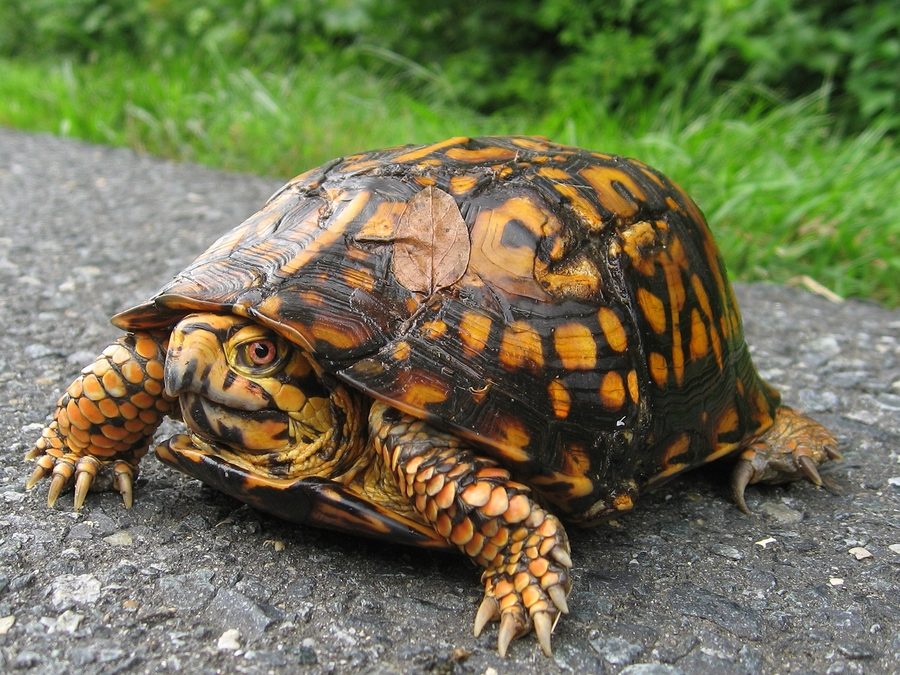
A turtle itself cannot live after death, however, its heart displace a curious phenomenon. It will continue to beat for hours and even days after removal from the body. That is because unlike most muscles that contract as a result of direct electrical impulses from the brain, the heart controls its own beating. Essentially, whether a heart beats or not is not dependent on the brain but the mechanism within the heart itself. The only thing the brain does is tell the heart how fast or slow it should be. Therefore, when you remove a turtle’s heart from its body, the nerve cells within the heart continue firing for quite a while which in turn promotes beating. As long as the heart has enough ATP to provide energy and exposure to oxygen, it can beat indefinitely.
Actually, this phenomenon is not restricted to turtles even human hearts beat for a short period after removal from the body. However, a turtle’s case is unique because the beating can go on for hours.
Regenerating Planarian Flatworms
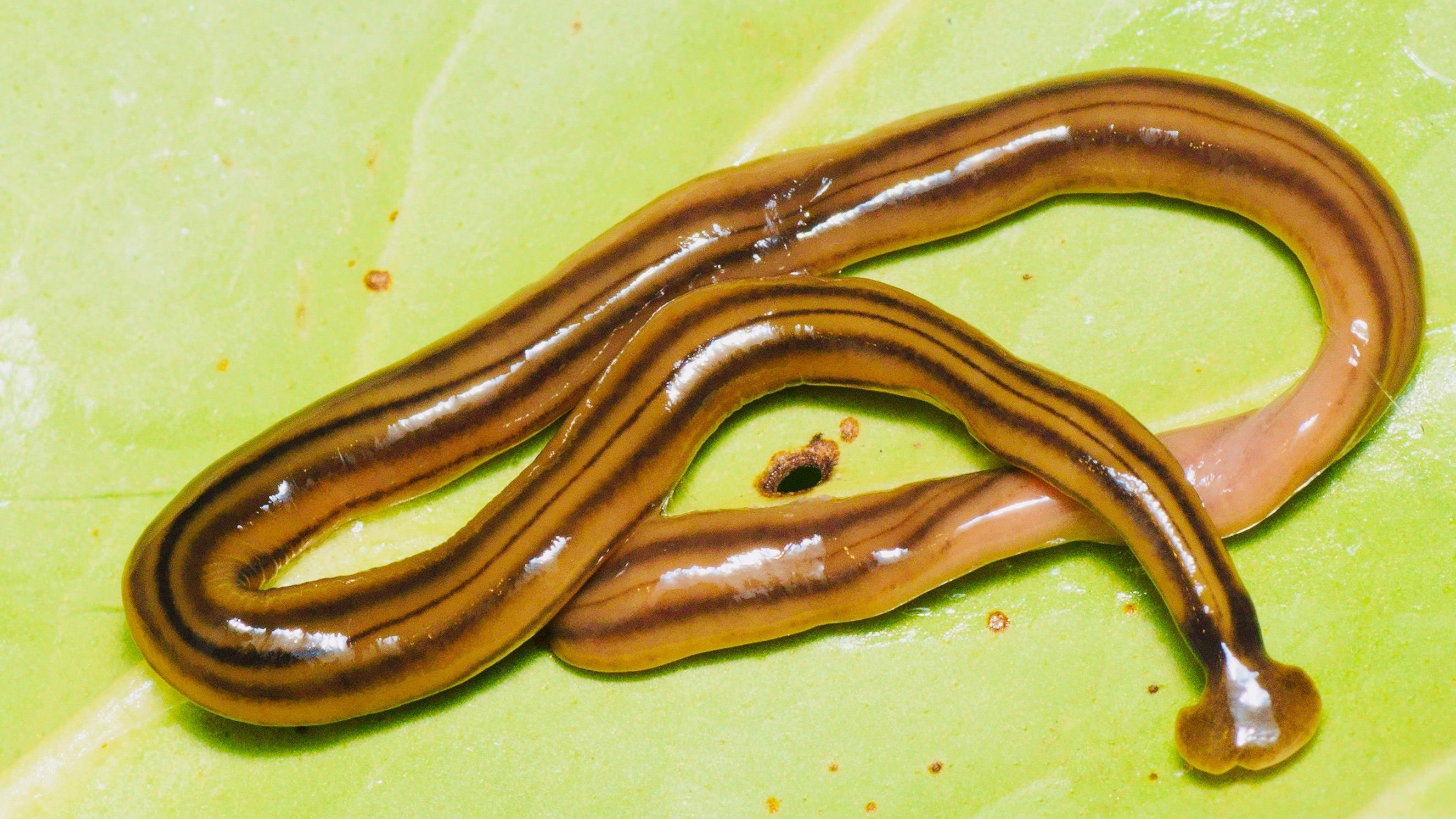
Flatworms have often been called masters of death, that is because when you cut them into pieces they regenerate. That allows them to cheat death over and over and live for years. According to researchers, when you slice up the planarian flatworm in a bid to kill it, every single piece will have grown into a complete flat worm identical to the one that was cut up within three weeks. The reason behind this is the powerful stem cells inherent in the flat worm. The cells renew, divide, and form different cell types. Moreover, these cells are found all over the planarian’s body. Therefore, even if you’ve cut a tiny piece off the tail, it will still have the strength to regenerate completely with a head and all of the other vital organs.
The Tardigrade
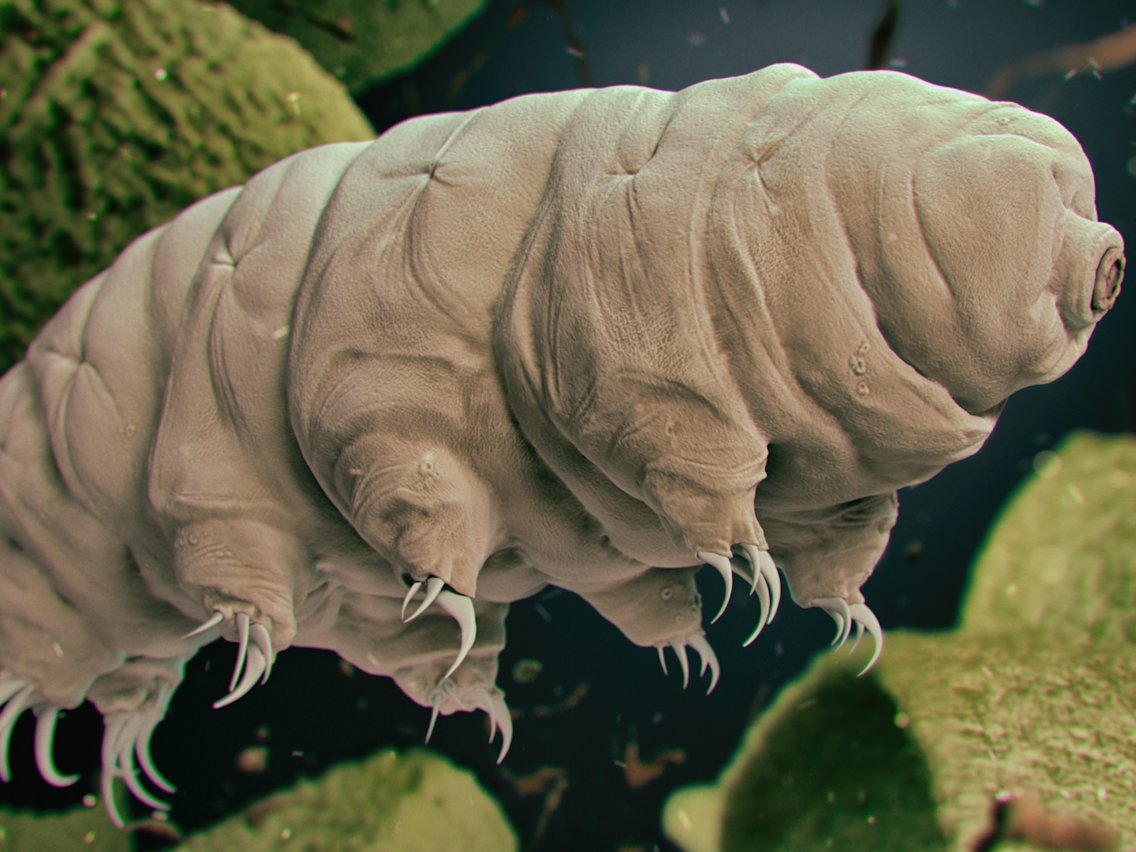
The tardigrade is a creature that rivals the cockroach with regards to survival instincts. According to research, this microscopic creature can withstand 300 degree temperatures and 30 years without food or water. These are conditions that would kill any other creature which means tardigrades are near immortal or rather they live long after one would expect them to die. It’s also known as moss piglet or water bear, tardigrades are eight-legged microorganisms that mostly live in mossy trees. However, they can survive in any environment including mountaintops, deserts, and rainforests. They can even survive in outer space for up to 10 days.
Anytime conditions become extreme, tardigrades undergo a pseudo death where they curl up and enter stasis, condition that allows them to survive crazy conditions that would kill any other organism. According to a study by Oxford University, tardigrades can survive all manner of outerspace catastrophes such as asteroids.
Mike, The Headless Chicken
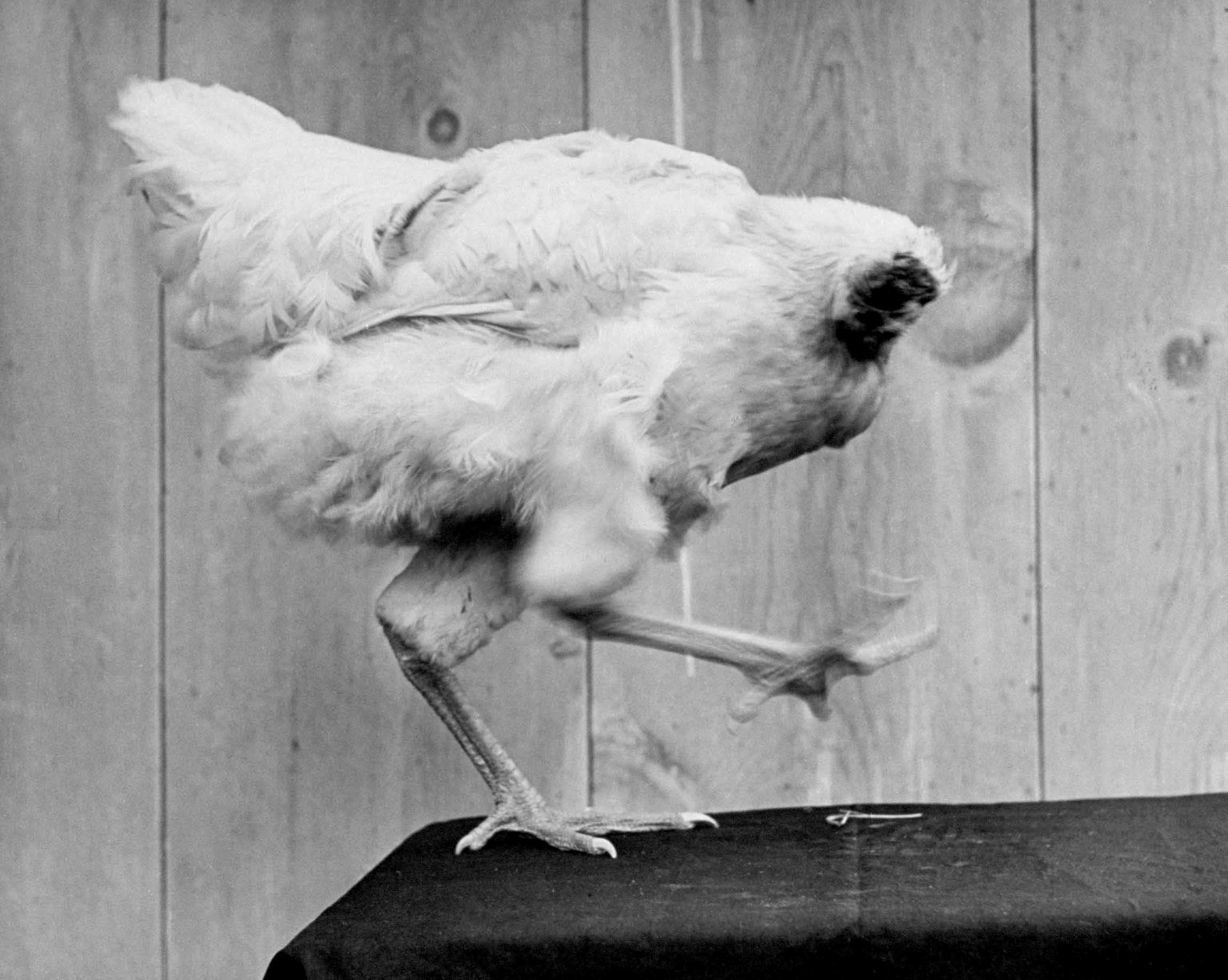
Normally, a chicken will die soon after one cuts off its head. However, Mike survived for 18 months after decapitation. 74 years ago, in 1945 a farmer was killing his chickens in preparation for market day. In a weird twist of events, one of the chickens he decapitated refused to die, he put it in a box and when he woke up the next morning the chicken was still alive.
The family, the Olson’s took Mike to the University of Utah where scientists performed a myriad of tests. Many theorized that a large part of the chicken’s brain stem, the part that controls key body functions including breathing digestion heart rate and hunger remained untouched. Therefore, as long as the Olson’s continued to feed Mike with liquid food and water directly into his esophagus, he remained alive. However until today, no one can explain why the chicken didn’t bleed out. Mike, the chicken lived long after he was supposed to die and made the family a considerable amount of money.




